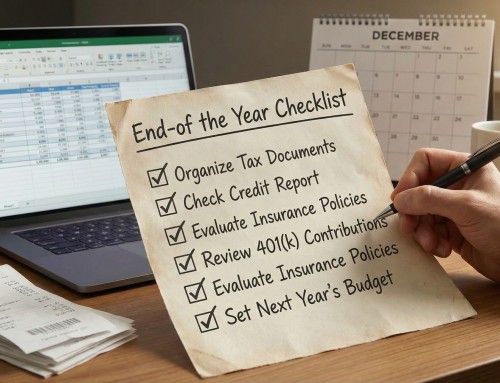It wasn't so long ago when people would check stock prices in the newspaper with their morning coffee. You could check your portfolio once a month when your account statement would arrive in the mail.
Fast forward to today and thanks to the internet and phone apps, you can check your investments up to the second. However, is having so much data at your fingertips making you a bad investor?
Per a recent Wall Street Journal article, the answer for many people is yes — for the simple reason that they tend to make investment decisions based on short-term losses in their portfolio, ignoring their long-term investment plan. Behavioral economists call that tendency “”myopic loss aversion”” and this is an increasing problem in todays always connected world.
Slow and steady wins the race
Watching your investment grow is like watching a tree grow. You plant a seed and it takes years to grow into something substantial. You can't watch it every minute and worry about one day of inclement weather. Recently I witnessed this first hand from a new client. They called our office in a panic because they were worried about growing losses. When we looked at their account, it was down 0.2%. Perhaps it was due to the fact that the Presidential election had them extremely worried, but they panicked and wanted all their stocks sold. Hindsight is 20/20. By sticking to their long-term investment strategy, their account is much higher today.
Everyone knows that to be successful you have to buy low and sell high. However myopic loss aversion causes us to do the opposite.
What does this have to do with your smartphone apps? The main trigger of myopic loss aversion is frequent feedback. In this instance, too much information is actually making people worse investors.
To understand why, consider what you’re likely to find if you monitor the S&P 500 index at different intervals. If you check every single day, there’s a roughly 47% chance that the market will have gone down, based on its past movements. But what happens if you check once a month? The numbers will start to look a little better, as the market will only have gone down 41% of the time. Years are better still, as the S&P generates a positive return seven years out of every 10. And if you check once a decade, then you’re only going to get bad news about 15% of the time.
Furthermore as researchers wrote in a report published in the Quarterly Journal of Economics in 1997, “Proving such investors with frequent feedback about their outcomes is likely to encourage their worst tendencies… More is not always better. The subjects with the most data did the worst in terms of money earned.”
Have a plan and stick to it
Because myopic loss aversion can affect your bottom line for the worse, you should take sensible steps to reduce its impact. While you don't need to delete all your stock related apps on your phone, you shouldn't check them on a daily basis and definitely don't only check on down days when you see a negative headline.
Remember it is important to have a long-term investment strategy and financial goals. Keep that in mind when reviewing your investments. Then make the decision whether you are on the path to success or need to make changes to your overall plan.
Do you check your portfolio on a daily basis? Do you find that it helps or hurts your financial health?
“Instagram and other Social Media Apps” by Jason A. Howie is licensed under CC BY 2.0
By






